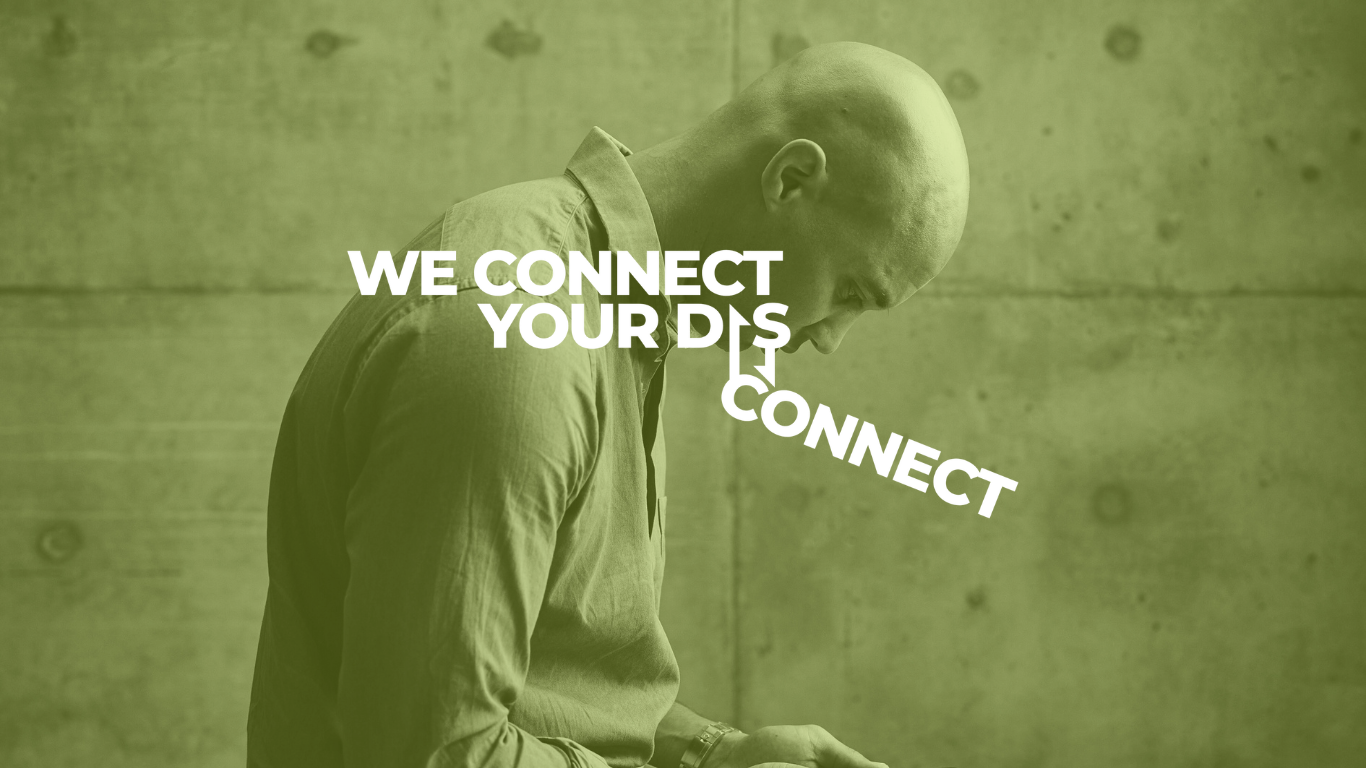Ergonomics at Work: Why Your Desk Is Sabotaging Your Spine

Ergonomics at Work: Why Your Desk Is Sabotaging Your Spine
And how to finally set up a workspace that supports posture, performance, and long-term brain-body health.
Your Desk Is Talking to Your Spine (And It’s Not Saying Nice Things)
Let’s be honest:
If your desk setup were a friend, it would be the one constantly undermining your confidence and draining your energy.
From the outside, everything seems in place—fancy chair, standing desk, maybe even a footrest. But if your body aches by midday or your posture collapses by 3 PM, something’s off.
Here’s the truth:
Even the most ergonomic equipment can’t fix a body that’s been disconnected from itself.
And posture is more than a chair—it’s a brain-body pattern you carry with you.
The Problem Isn’t Just the Chair. It’s the Way You Use It.
We see it all the time at BRAIN TO BODY®:
- Clients spend thousands on ergonomic gear
- They still end the day with tight hips, a locked-up neck, or tension headaches
- Most feel frustrated because they’re doing everything right—and still not seeing results
Why? Because posture isn’t passive.
It’s not just about “sitting better.”
It’s about teaching your nervous system to support you—whether you're seated, standing, or moving.
How Poor Ergonomics Creates a Postural Disconnect
A misaligned workspace can trigger a cascade of issues:
Flexion fatigue: Forward head posture puts up to 27 kg of pressure on your neck. That’s like carrying a seven-year-old on your cervical spine—all day.
Slumped signalling: When you slouch, your diaphragm compresses. That limits breathing, reduces oxygen, and signals “stress” to your brain.
Joint stagnation: Being static too long—whether standing or sitting—stiffens joints and reduces proprioception, which is your brain’s ability to know where your body is in space.
And over time, these patterns don’t just affect posture…
They affect energy, confidence, and how you feel in your own skin.
The Brain-Body Approach to Desk Setup
We don’t just look at your workstation.
We look at how your nervous system engages with it.
Here’s the BRAIN TO BODY® Method for desk ergonomics that actually works:
1. Reclaim Neutral Spine Awareness
You can’t hold what you can’t feel.
We start with nervous system training to help you:
- Recognise when you’ve slipped into “collapse posture”
- Rebuild awareness of spinal stacking and joint alignment
- Use posture as an active expression of your internal state
Try this now:
Sit upright, take a slow inhale, and feel the crown of your head lift as your tailbone roots down.
That’s your spine saying, “Thank you.”
2. Stack Your Setup Around Your Body
Don’t mould your body to your desk—mould your desk to your brain-body alignment.
Key checkpoints:
- Eyes level with the top third of your screen
- Elbows at 90 degrees
- Feet flat, hips slightly higher than knees
- Mouse and keyboard close to the body
- Lumbar support (or rolled towel) to maintain neutral curves
Remember: You’re not trying to look good. You’re trying to stay connected.
3. Move Like It Matters (Because It Does)
The best posture is your next posture.
That means micro-movements, breath breaks, and spinal resets throughout your workday.
But here’s how to make it structured, realistic, and neurologically effective:
Use the Pomodoro Method: 25 Minutes On, 5 Minutes to Move
Your brain receives up to 70 percent of its stimulation from the movement of your spine.
So the longer you stay still, the duller your brain becomes.
Your posture collapses, your energy dips, and your clarity drops.
Use this rhythm:
- 25 minutes of focused work
- 5 minutes of intentional movement
During every 5‑minute break:
- Stand up
- Breathe into your ribs
- Rotate your spine
- Move your hips
- Walk, shift, reset
Don’t just move for your body.
Move for your brain.
This rhythm fuels performance, focus, and sustainable posture far more than any chair or desk can.
Ergonomics + Adjustments = Long-Term Results
You can have the best setup in the world, but if your nervous system is stuck in a defensive pattern, your body won’t hold it.
That’s where chiropractic care steps in.
At BRAIN TO BODY®, we use adjustments to:
- Reconnect the brain-body feedback loop
- Rewire dysfunctional postural habits
- Teach your body how to own good posture, rather than fight for it
This is where long-term change begins.
Ready to Rewire Your Workspace?
Here’s what you can do today:
+ Take a photo of your current desk setup
+ Compare it to the checklist above
+ Book a complimentary Discovery Call to explore your posture
Or go deeper with our Understanding Visit, where we’ll assess your brain-body patterns and show you how to make posture something you feel good in—not something you struggle with.
.webp)


.svg)
.svg)
.svg)
.svg)

.svg)
.svg)